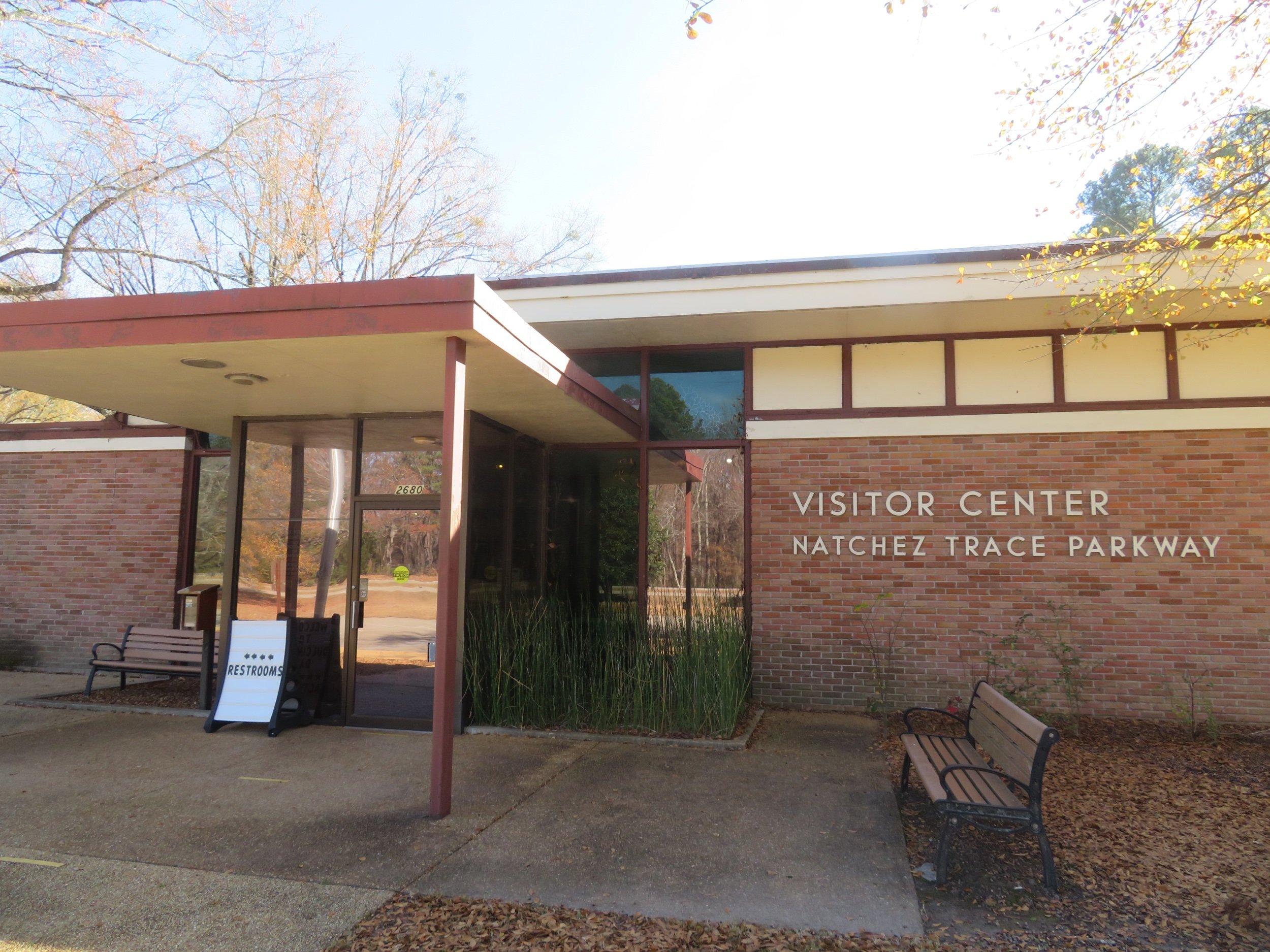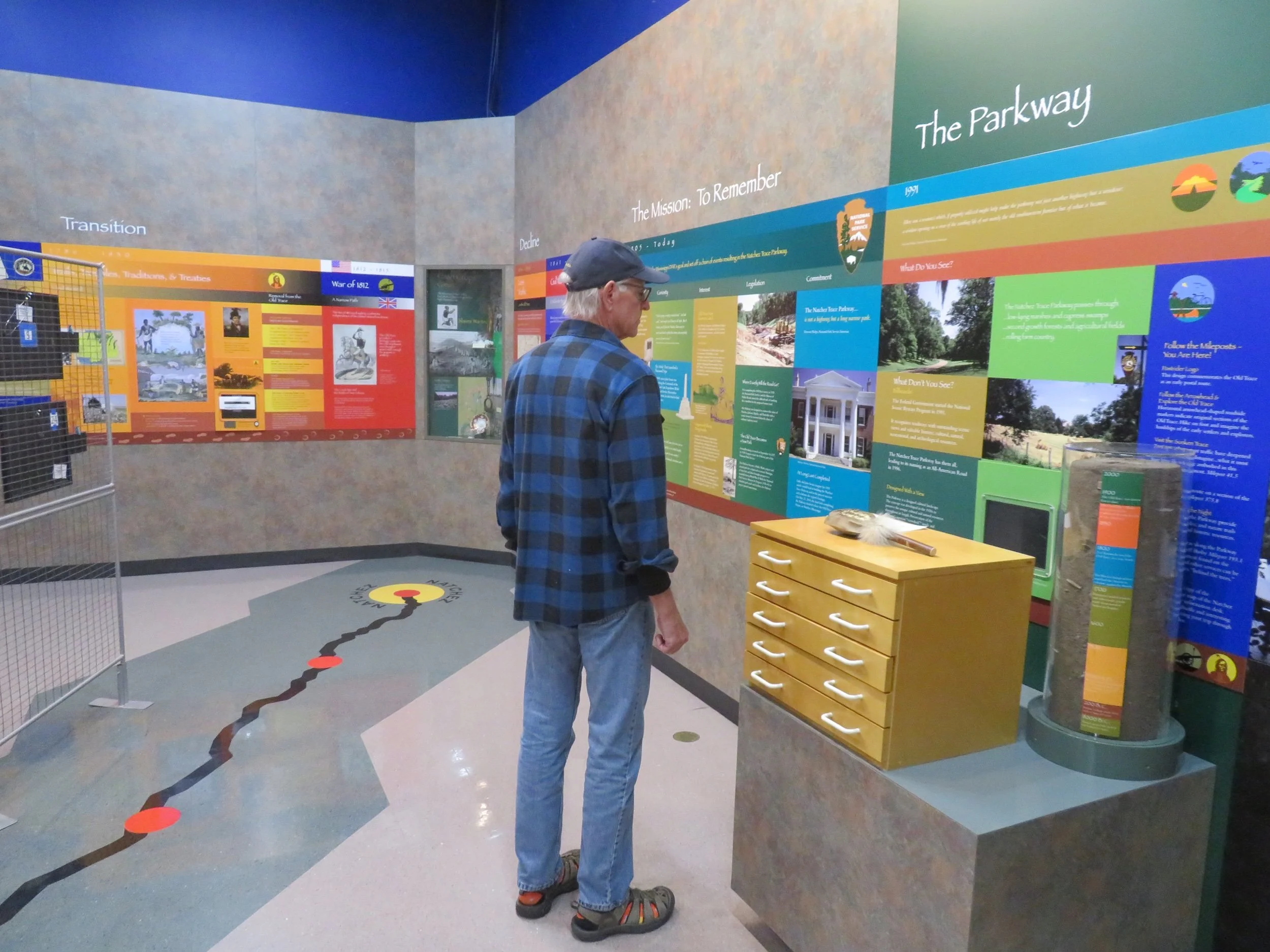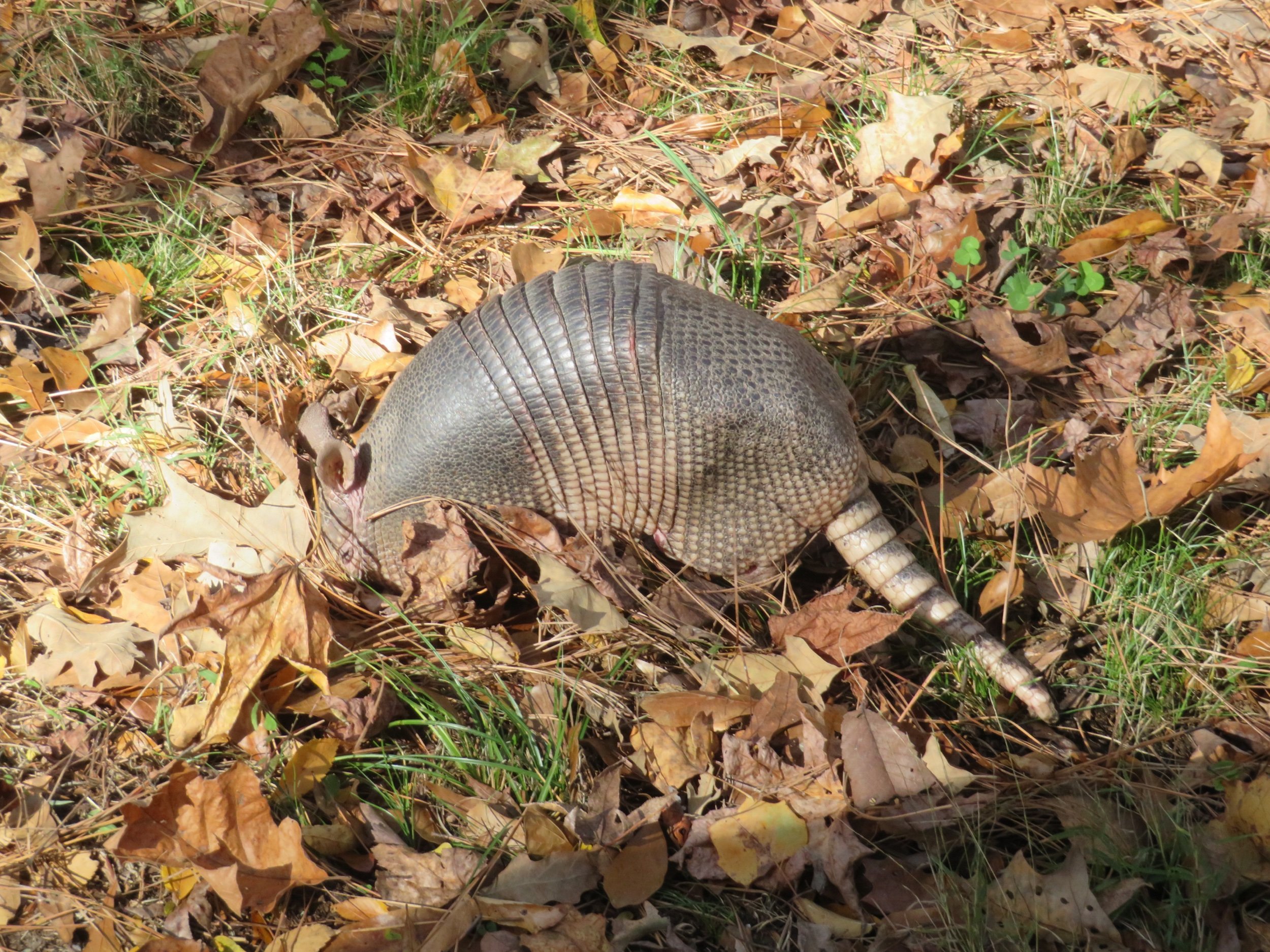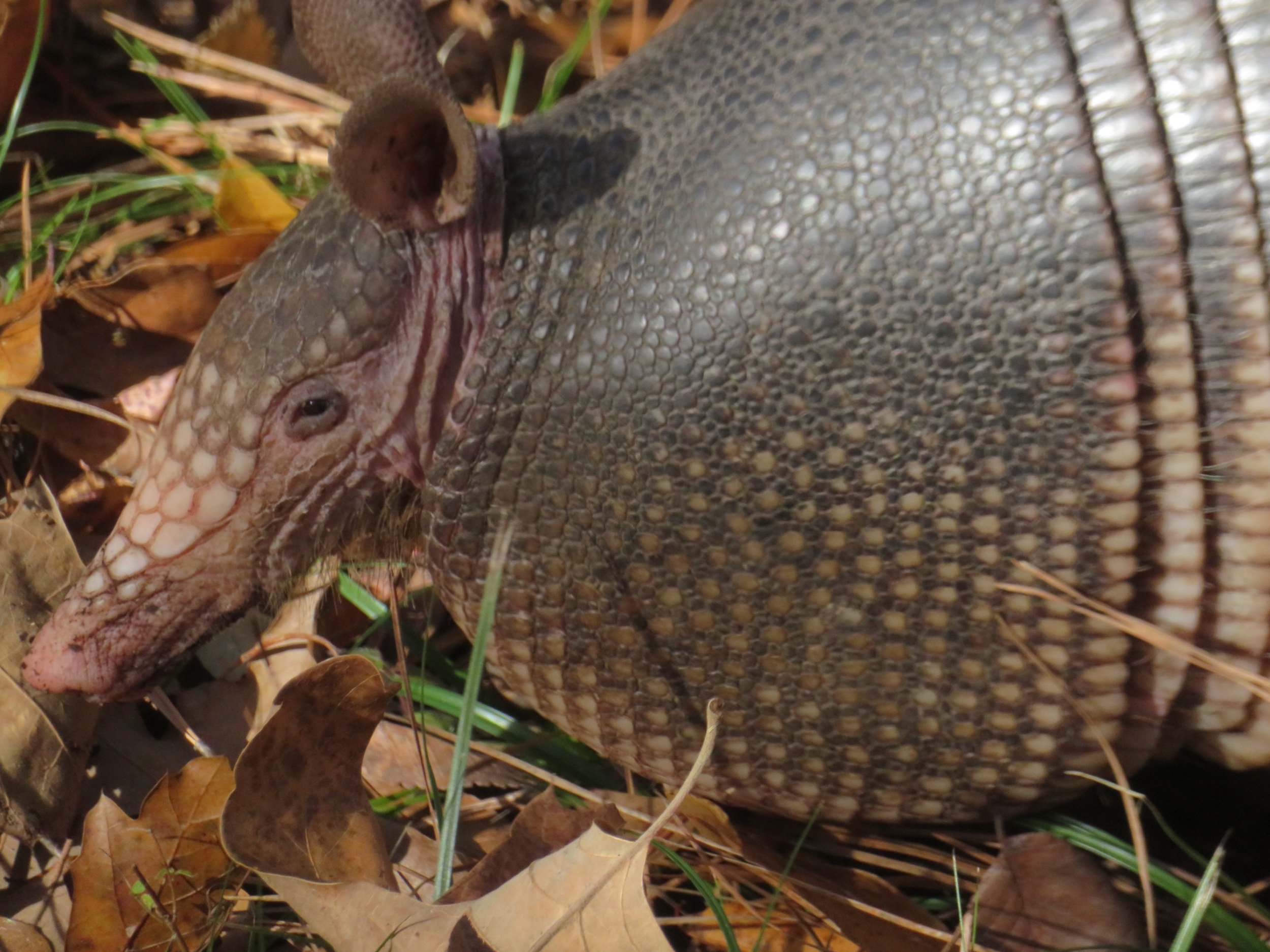Traveling on the Natchez Trace Parkway
/In our efforts to avoid interstates, we found ourselves meandering along country roads through small, rural southern towns basically heading east trying to stay in areas warm enough for camping. As usual though, we stumbled upon a rather unique National Park site that we just couldn’t resist… the Natchez Trace Parkway.
Described by the National Park Service as “444 miles through three states (Mississippi, Alabama, Tennessee) and 10,000 years of history”, the Trace is a natural travel corridor between Natchez, Mississippi and Nashville, Tennessee used over the centuries by animals, Native Americans, explorers, the military, post riders, enslaved people, migrants, and now that we’ve discovered it, us.
Commercial traffic is not allowed on the Trace, it is designated as a greenway and National Scenic Byway. It’s also bike-friendly. It offers hundreds of miles of leisurely, 50mph driving on a smooth, paved road with nary a stop sign nor a red light… lots of stops, but all off the road and voluntary. There are no gas stations, restaurants or lodging along the route, but it passes through a myriad of towns and cities with easy access to all amenities. There are, however, several rest areas and best of all, campgrounds… all first come-first serve availability and all free for use which suited us just fine..
The Visitor Center in Natchez was closed, but signs and informational kiosks provided what we needed to decide this might be a good alternate road to travel. There are frequent stops every couple of miles noting historical places, events, trailheads, and nature walks. We stopped at several to check them out and stretch our legs, but there are so many we couldn’t stop at them all.
Some stops were merely signs indicating what had been there. Some sites were closed like the Mt. Locust ‘stand’, an old wayside inn and one of the few remaining original structures on the Trace. Unfortunately, we were not aware of the NPS Natchez Trace Parkway brochure, an accordion-folded, 4-foot long map with descriptions of each stop early on the drive. It was not available until we stopped at the Parkway Visitor Center at mile marker 266, so we missed some of the Trace’s ‘Don’t miss’ highlights. A perfect reason for returning at some point.
Take a look at some of the places we did stop…
Elizabeth College, the first women’s college in America chartered in 1819. Only a brick wall remains.
The Emerald Mound, built by the early Mississippians, native predecessors of the Natchez people, is the second largest ceremonial mound in the USA and was built and used between 1200-1730 CE. It was designated a National Landmark in 1989. It’s a massive site covering 8 acres. We walked to the top of the primary mound about 35’ high. The secondary mounds rise to ~60’, but they’re considered fragile and sacred, so we stayed off.
Parts of the Trace are ‘sunken’ due to erosion, soft ground, heavy wagon and foot traffic over years of use.
The Parkway Visitor Center is open year-round and offered lots of good information about the Trace as well as that all-important brochure.
John Coffee Memorial Bridge across the beautiful Tennessee River. Sadly, this beautiful sight was also a river crossing point for the Cherokee Trail of Tears.
Though the Parkway follows the general route of the Natchez Trace, some of the trails are actually on the Old Trace itself. Shown are two old folks on the Old Natchez Trace.
There were several gravesites along the route… one for 13 unidentified Confederate soldiers and another was a small cemetery site for the Cowles Meade family. Meade owned one of the wayside inns along the Trace and was an acting territorial governor. In the early 19th century.
The most notable burial site was that of the famous explorer, Meriwether Lewis. It is also the site of his mysterious death… murder or suicide? He was appointed governor of the territory during a period of tense political fighting and he also suffered from severe depression. The cause of his death was never conclusively determined.
Birdsong Hollow provided an opportunity to view and admire the double-arch bridge over TN-96. No birdsong was heard, however.
Animal sightings are always special. Deer were abundant along the route. At one point, several began to dart across the road, stopped in the middle of the road, changed direction and bounded off into a nearby field, stopping once they were a safe distance away to stare back at us.
Probably the most interesting animal sighted however, was an armadillo snuffling through the leaves looking for snacks. Such strange looking animals.
The Parkway ended without notice. All of a sudden we were rudely and abruptly dumped onto a highway… with traffic and lights and semis and buses. We were sorely tempted to turn around and do it all over again, checking out all the sights we missed, but that was just crazy talk. Onward to New England!
But maybe… on the return trip?


















